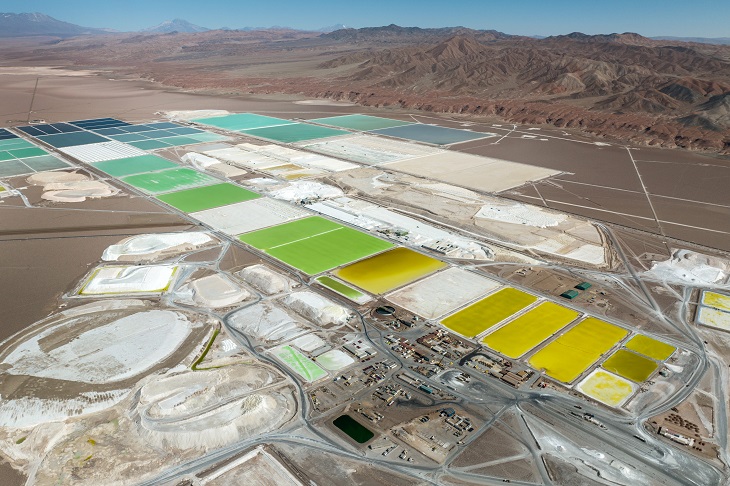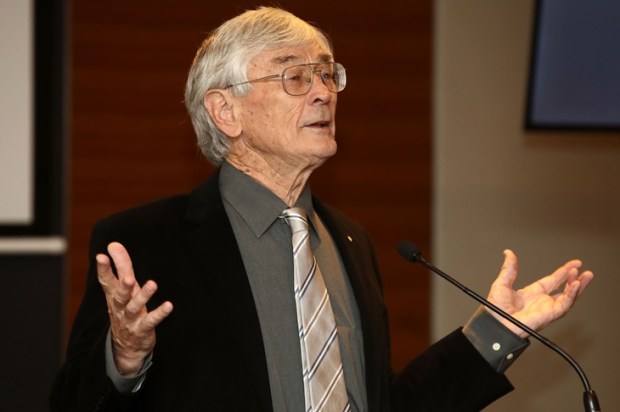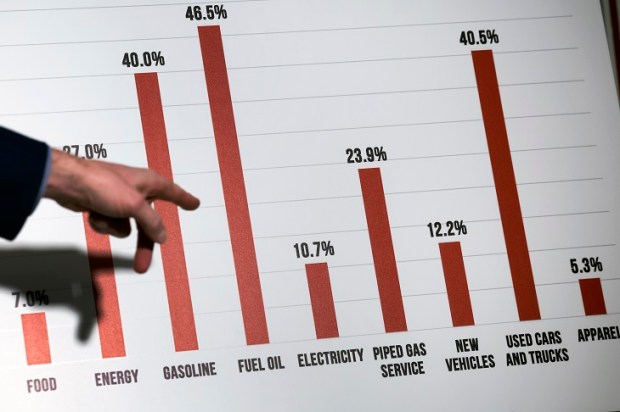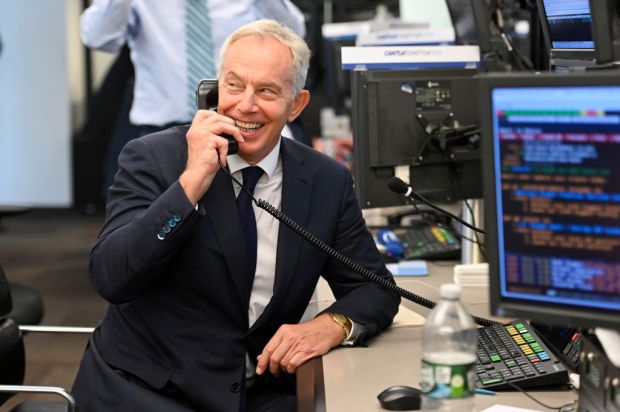Mike Cannon-Brookes, the son of a global banking executive, and co-creator of the Atlassian empire, has weaponised his shareholding in AGL and aims to switch off their coal-fired power stations ahead of time. Meanwhile, Europe is in panic with a cold winter looming, the Nordstream pipelines leaking, and its energy industry collapsing.
Mike co-created the JIRA bug-tracking tool as his first step to becoming a hyper-successful entrepreneur. At heart, he is a software engineer. I worked with gifted software engineers at McLaren. They have an incredible ability to systematise complex problems. On the flip side, they tend to suffer from tunnel vision, seeing the world one-dimensionally. ‘To the man with a hammer, everything looks like a nail.’
The laws of nature and the behaviour of weather and the climate are anything but one-dimensional. As vehicle dynamics engineers, we were on the front line of physics, constantly coming up against gaps between what we expected and what real-world results were telling us.
Pragmatically, we had to make sure the aerodynamic, fluid dynamic (hydraulic suspension), and stability control systems on the car made for a high-performance, stable, and ultimately safe car. The interplay between natural laws and software models were fed-back in real-time.
Errors in software models were punished ruthlessly. I remember test-driving the first McLaren sports car to feature an active diff. The power-on mode hadn’t been fully calibrated. The car very nearly spat me off the track at 150km/h coming out of a corner.
Climate models don’t report out in real-time. They take years to unfold and have a habit of evading prediction – who can forget Al Gore’s forecast of an ice free Arctic within five years in 2008? Or Daniel Andrews’ declaration in 2019 that ‘there is no point building new dams because climate change means not enough water would flow into them’?
Mike’s play might be right. History may show his climate concern is long-sighted, but the geopolitical landscape of the present day shows he suffers tremendously from tunnel vision.
I have to admit, Mike Cannon-Brookes ability to manipulate the Australian energy market really triggered me when I first read about it.
Questions like, ‘Have you seen what is happening in Europe?’ or ‘Why are you replacing Australia’s energy self-sufficiency with green dependency on the People’s Republic of China?’ and ‘Why are you switching off reliable and robust base load power at this point in history?’ came flying into my mind at five o’clock in the morning.
I had never heard of billionaires being able to control something so critical to the masses. Like a medieval king or duke, it seems they can swoop in without oversight of Parliament, like in pre-revolutionary England.
In a weird outlier of history, tech stocks were historically overpriced, while energy stocks were historically underpriced.
In steps a benevolent tech billionaire to decide our energy future.
Geeks-come-tech billionaires, who did nothing to create Australia’s energy infrastructure but only derived non-linear benefit from it, can – without any accountability mechanism – gazump the average blue-collar Aussie who pays the AGL power bills.
I’m all for green energy. I’d prefer a world where we didn’t pump gas out of Russia, indirectly funding an inhumane war. I’d prefer a world where we didn’t pump 1.6 trillion litres of oil out of the Middle East and pump trillions of dollars back in, every year, inadvertently sponsoring ISIS in the process. I’m convinced there is enough renewable energy around for all of us, but I think we all know by now that not everything is as carbon neutral as those spruiking Net Zero would have us believe.
The war on carbon dioxide underestimates the adaptive nature of the planet we live on and the people we share it with. While working in China, I saw chemical plants obviously leaking into rivers which alarmed me far more than coal-fired power stations running at over 40 per cent thermal efficiency. The fish for lunch made me feel queasy and not because of bacteria.
On each of my 12 trips to China, between 2008 and 2014, the smog was so bad that I never once saw the ground while flying – year-round. I’ve never not seen the ground while flying over Australia, even while flying over our Loy Yang power station.
China dominates the renewable energy market, with 84 per cent of the world’s solar panel production and 79 per cent of the world’s Lithium Ion battery production. Australia has 0 per cent.
Which part of the ethically sourced (read, child-mined) Congolese Cobalt, short-supplied Lithium, and diesel container ships bringing EV battery minerals to China is carbon neutral anyway?
Chinese and Congolese industry don’t have the environmental guardrails of our EPA.
While we are on the topic, what is the life span of the solar cells, and Lithium Ion batteries? What happens to the chemicals in them when we throw them out? Is the lead, cadmium, and glass e-waste toxic to the environment?
What is the total embodied energy of one of them when you count the energy to mine the minerals, ship them to China for refining, train them from the refinery in one part of China to the battery or solar panel plant in another part of China, ship them to Australia, truck them to the desert, and run power lines made of Chinese produced aluminium back to the cities?
Sure, it’s a cool infrastructure project that will provide remote (though not necessarily family-friendly) jobs, but which part is carbon neutral?
Green isn’t carbon neutral, and carbon neutral isn’t green.
Wouldn’t it be sensible, given the current geopolitical unrest, and supply chain vulnerabilities, to perhaps phase in green energy calmly and not cut ourselves off at the knees with the incredibly plentiful power source that we are lucky enough to have at our disposal here in Australia?
Coal is a dirty word but comes with some massive geopolitical and supply chain advantages. Take Loy Yang. The coal gets mined in the Latrobe Valley and shipped to the power station, which is in the Latrobe Valley. That seems robust and efficient. Which part of switching it off and depending on China is robust and efficient?
Isn’t a coal fire power station spectacularly efficient? As in, running a constant and well-controlled combustion? Is it not more efficient than the trains, trucks, and ships in the green solution? Isn’t some base load power, with all the infrastructure in place, a really good idea? Sure, change can be good and is necessary, but in the real world, away from the ones and zeros of software development, let’s consider things holistically.
Mike Cannon-Brookes started out aiming to beat a $48,000 salary. The Atlassian products are fantastic and helped inspire my app (www.LifeMapp.app), but his tool wouldn’t have scaled without the internet. The internet was built on phone lines and electricity. Perhaps he should spare a thought for the families of the electricians who built the infrastructure that made him a success. Their grandkids won’t be able to heat their homes or feed themselves when they graduate on $48,000.
Paul Batten is the founder of www.LifeMapp.app – a life tool, and a former senior vehicle dynamics engineer at McLaren Automotive. His father worked at Tahmoor Colliery.
Got something to add? Join the discussion and comment below.
Get 10 issues for just $10
Subscribe to The Spectator Australia today for the next 10 magazine issues, plus full online access, for just $10.


























Comments
Don't miss out
Join the conversation with other Spectator Australia readers. Subscribe to leave a comment.
SUBSCRIBEAlready a subscriber? Log in